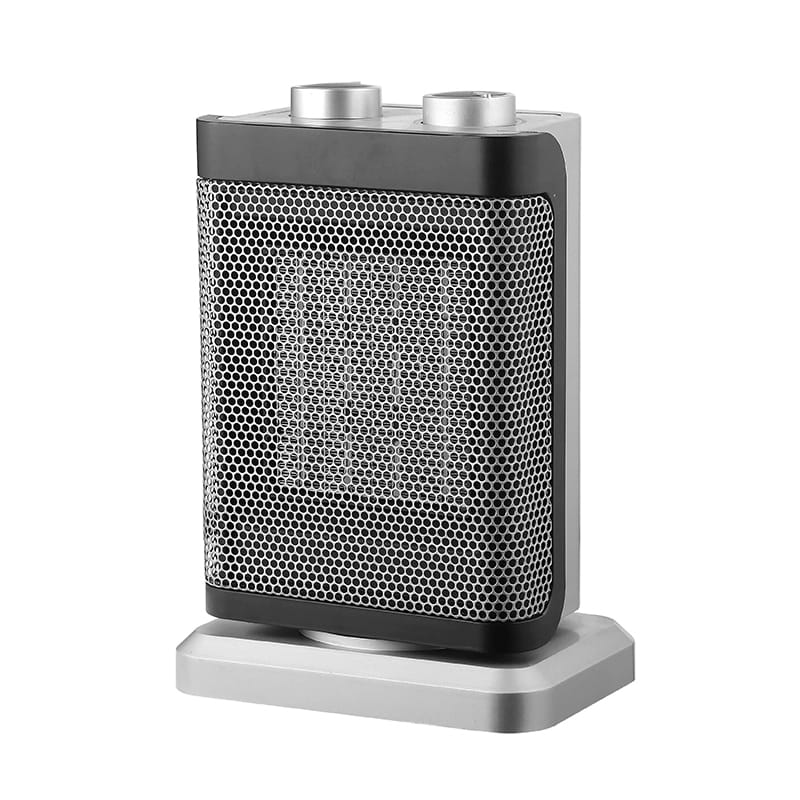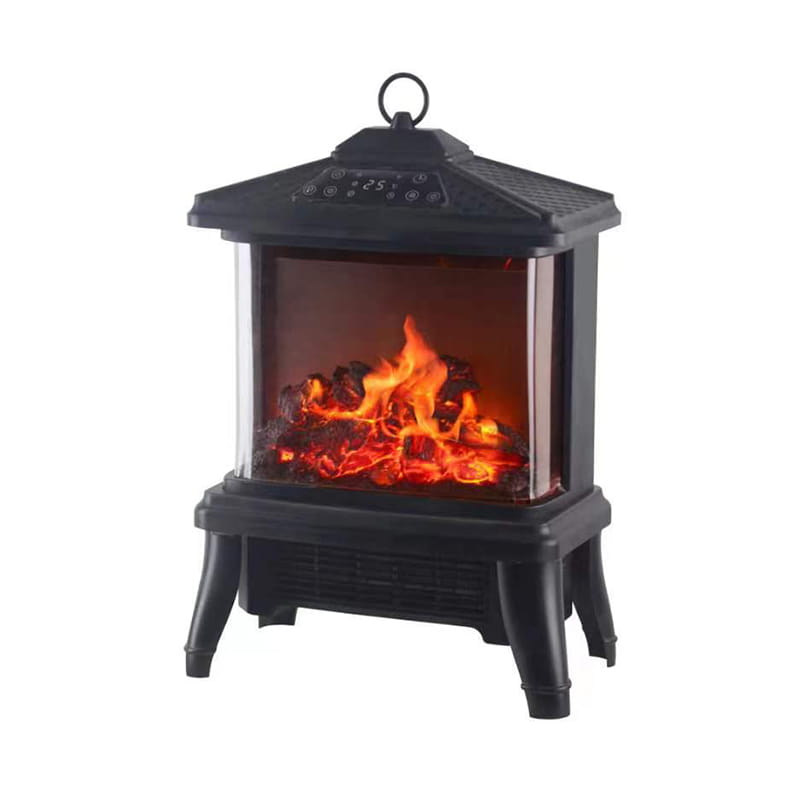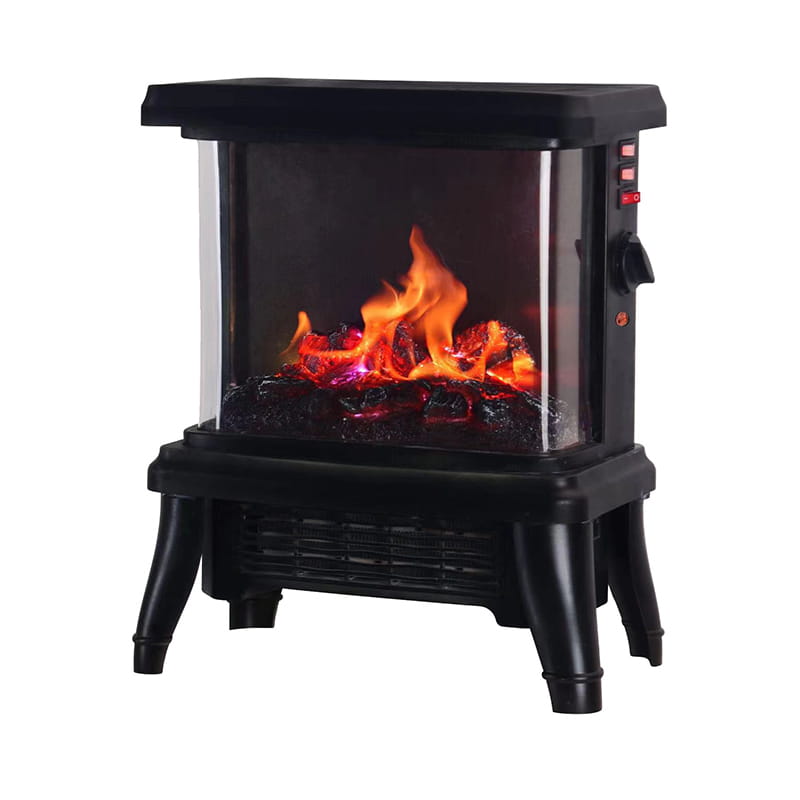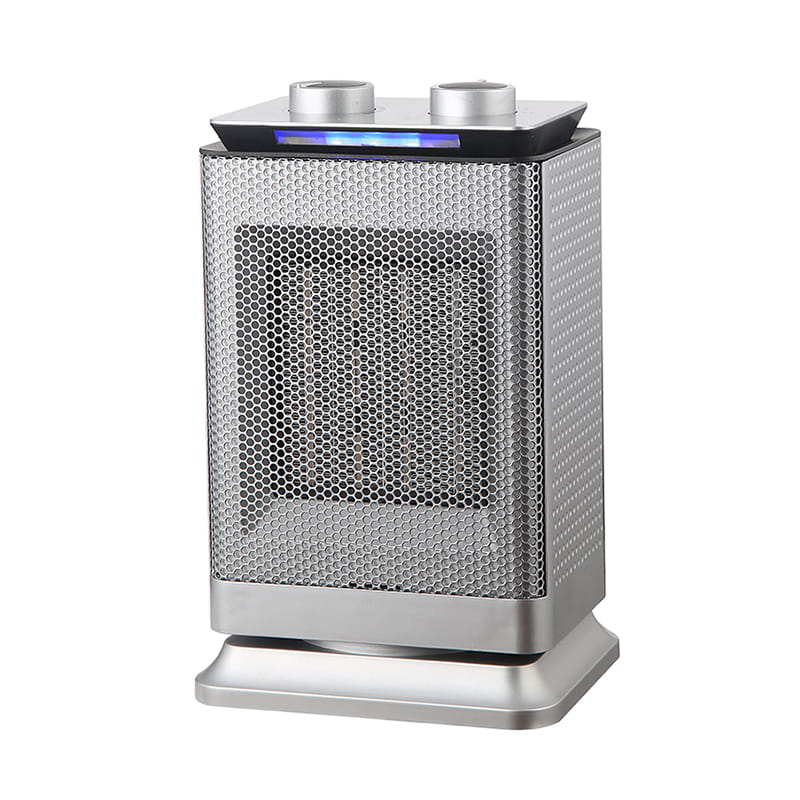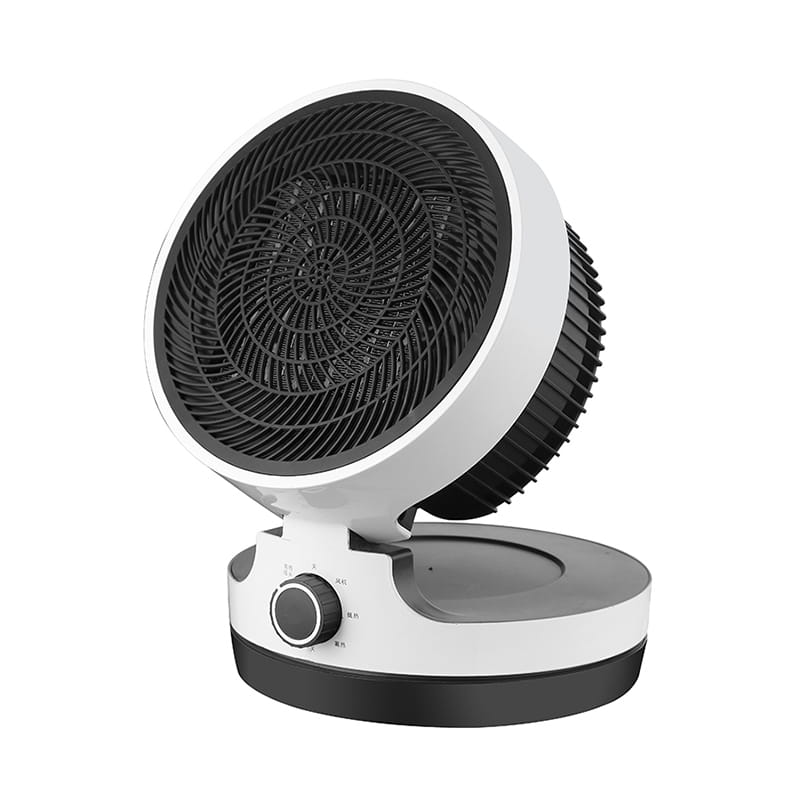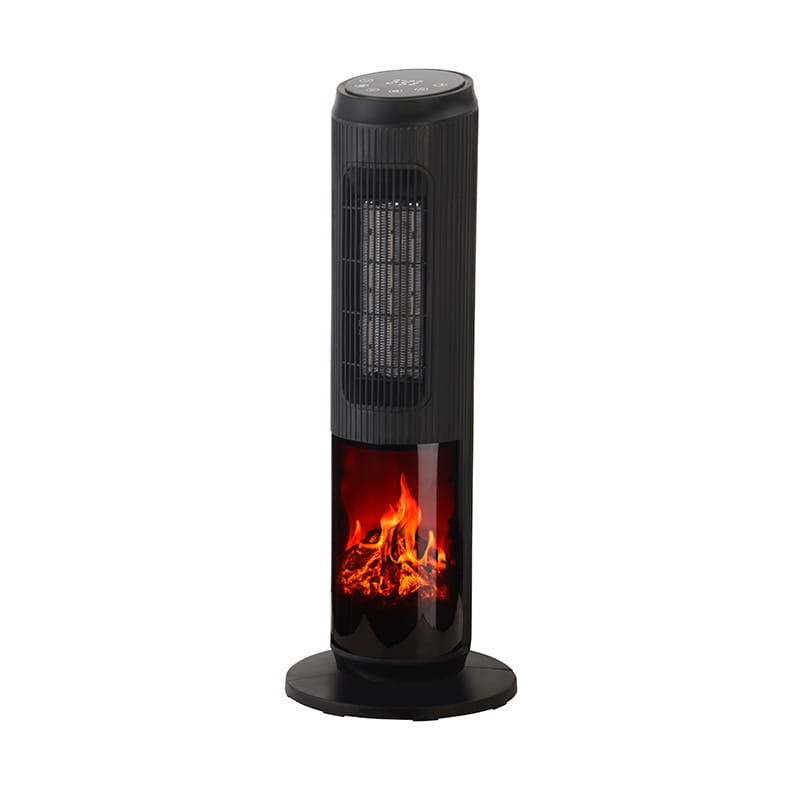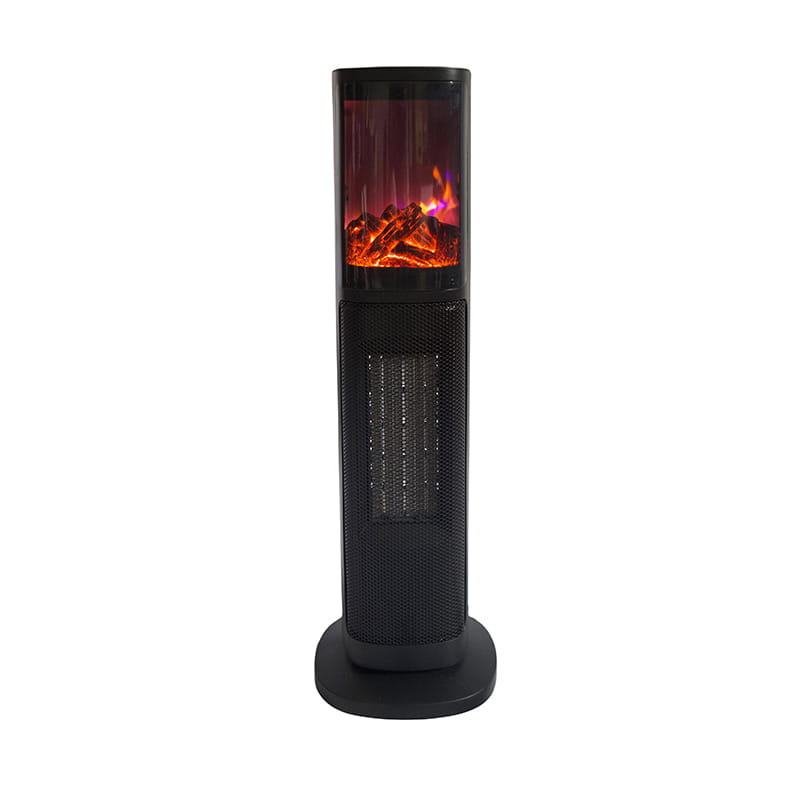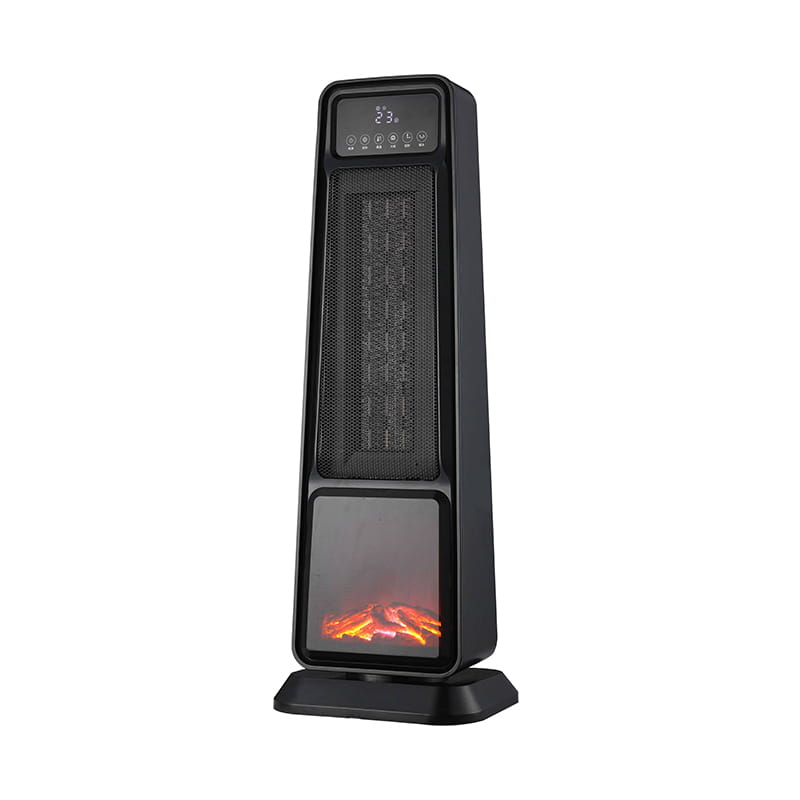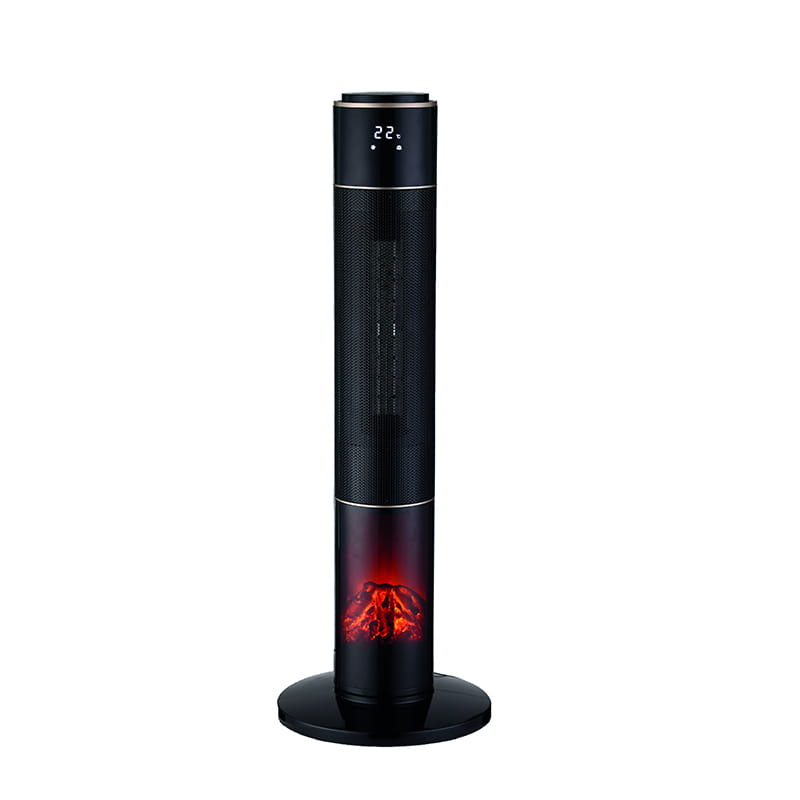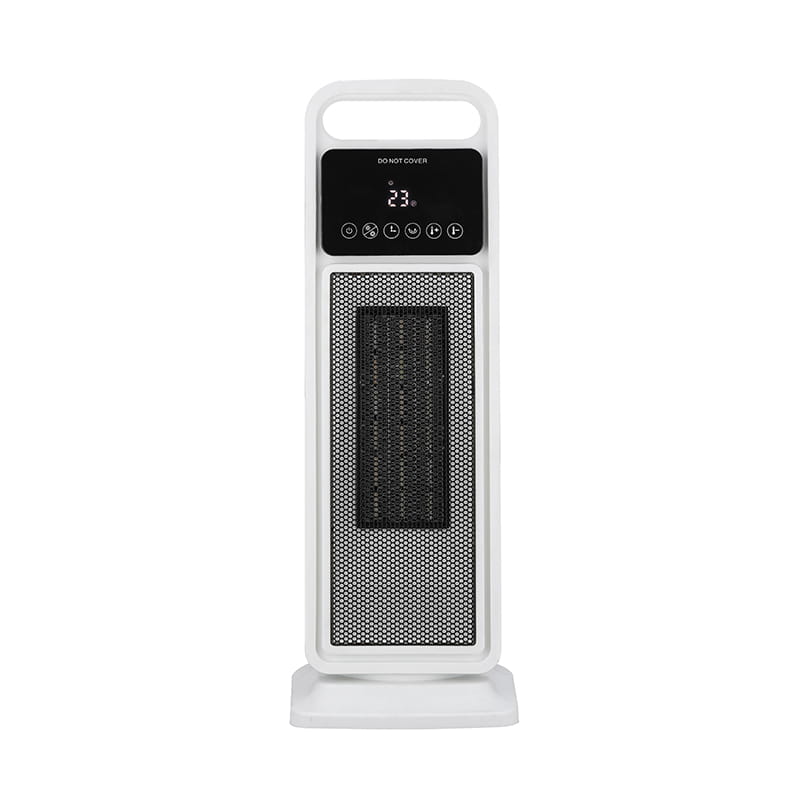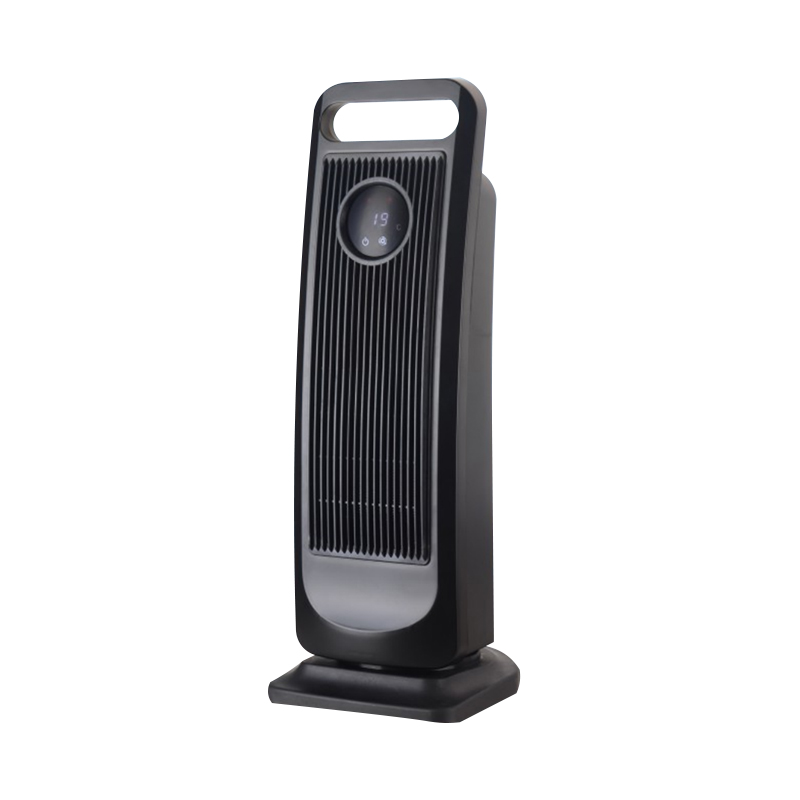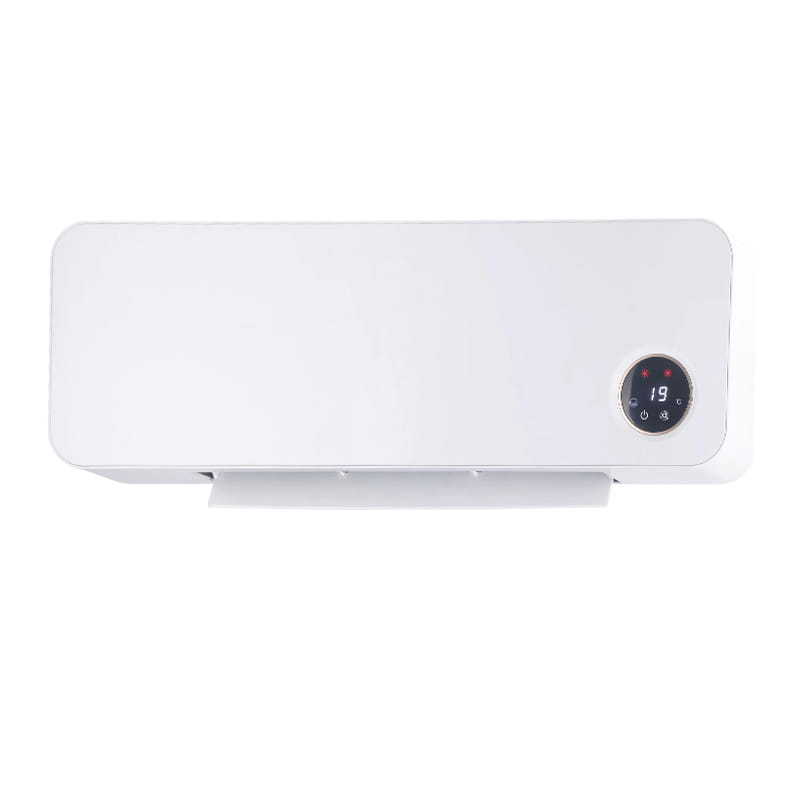Do ceramic heaters consume a lot of electricity?
Content
1. Working Principle of Ceramic Heater
The working of ceramic heater can be divided into two core parts:
(1) Heating Part - PTC Ceramic Sheet
PTC ceramic is a special semiconductor material. When powered on, its own resistance will quickly generate heat.
It has a key feature: automatic constant temperature. When the temperature is low, the resistance is small, the power is large, and the heating is fast; when the temperature rises to the design value (for example, 220°C), its resistance will increase sharply, thereby automatically reducing the power and stabilizing the temperature near this value, and will not rise indefinitely.
(2) Heat Dissipation Part - Fan
The heat generated by the ceramic sheet needs to be dissipated. There is a fan (blower) inside the heater that continuously draws in cold air and blows it through the high-temperature PTC ceramic sheet.
After the air is heated, it becomes warm air and is blown out from the air outlet, thereby accelerating indoor air circulation and temperature rise.
Simple summary: PTC ceramic is responsible for "heat generation" and the fan is responsible for "air supply". The combination of the two achieves efficient heating.
2. Features of Ceramic Heaters
Fast Heating: Heats instantly, eliminating the need for a lengthy preheating process. Warm air is instantly noticeable.
Relatively Safe:
No open flames: The enclosed electrical structure reduces the risk of fire.
Automatic Temperature Control: The PTC feature prevents overheating and red-hot heating like conventional heating wires, significantly reducing safety hazards.
Tip-over: Most models are equipped with an automatic power-off switch, instantly shutting down if accidentally tipped over.
High Energy Efficiency: Heat is dissipated directly through the moving air, resulting in high thermal efficiency. An automatic power reduction function prevents unnecessary energy consumption.
Lightweight and Portable: These heaters are typically compact and lightweight, with wheels or handles for easy transport between rooms.
Versatile: Many models offer a cooling function (air only, not heating), allowing them to double as fans in the summer, serving two purposes.
3. Why are ceramic heaters considered "relatively energy-efficient"?
While power consumption determines energy consumption, "energy-efficient" refers to the amount of energy used to achieve the same heating effect. Ceramic heaters have the following advantages:
(1) Instant heating, high efficiency
Ceramic heaters use fans to blow out air heated by ceramic PTC heating elements to heat the room. The heat can be quickly brought into the room, and the temperature rises very quickly. In contrast, oil heaters need to heat the internal thermal oil first, and then slowly release the heat, which takes a long time to preheat. Ceramic heaters can make you feel warm in a short time.
(2) Constant temperature control, reducing waste
Ceramic PTC heating elements have an important characteristic: when the temperature rises, their resistance increases, thereby automatically reducing the power. When the room temperature or the air outlet temperature reaches a certain value, the heater will not run at full power continuously like ordinary heating wires, but will automatically reduce the power to maintain the temperature. This avoids unnecessary energy consumption and is more energy-efficient than products that run at full power continuously.
(3) Local heating tool
Ceramic heaters are very suitable for heating small areas or local spaces, such as blowing towards your desk or feet. This can greatly shorten the running time and reduce the running power, thereby saving electricity. Using it to heat an entire living room will consume a lot of electricity and be ineffective.
4. How can I use it efficiently to save on electricity?
Select power based on demand: For small rooms or when localized heating is needed, use a low power setting (such as 900W).
No need for long preheating times: Turn it on immediately and off when you leave. Running it 24/7 is not recommended.
Combining with other devices: For long-term heating of an entire room, an inverter air conditioner is generally a more energy-efficient and economical option. Ceramic heaters are more suitable for supplemental or temporary heating.
Insulate the room: Keep doors and windows sealed to prevent heat loss. Otherwise, the heater will continue to operate at high power to compensate for the lost heat, consuming a lot of electricity.
-
Feedback

 English
English Deutsch
Deutsch 中文简体
中文简体
